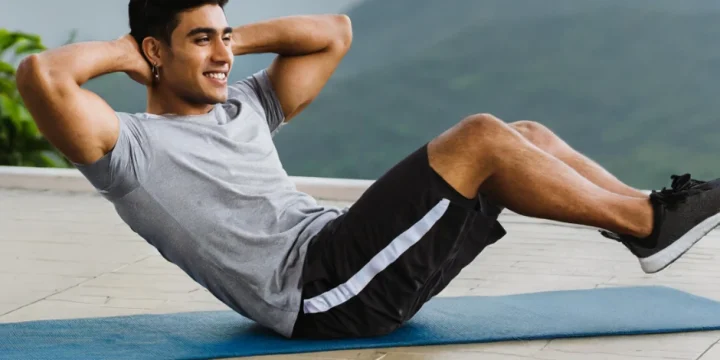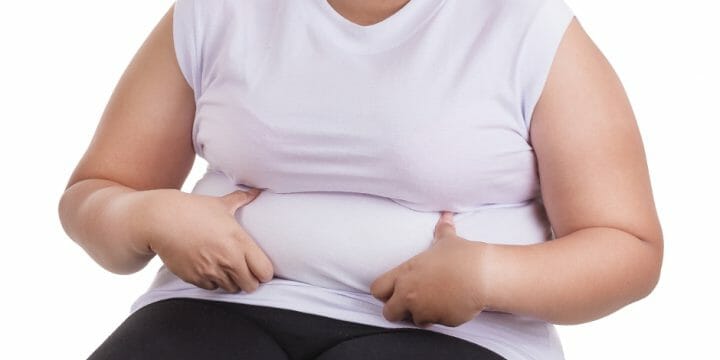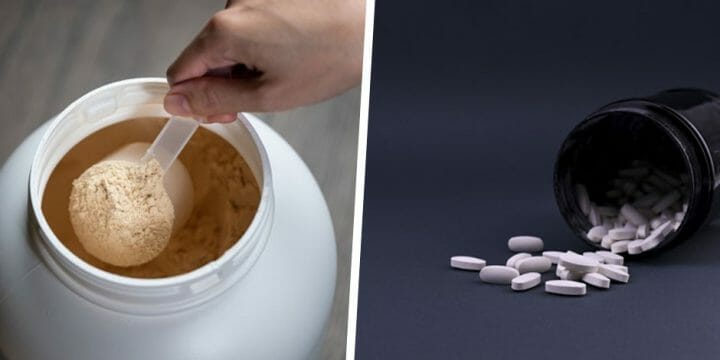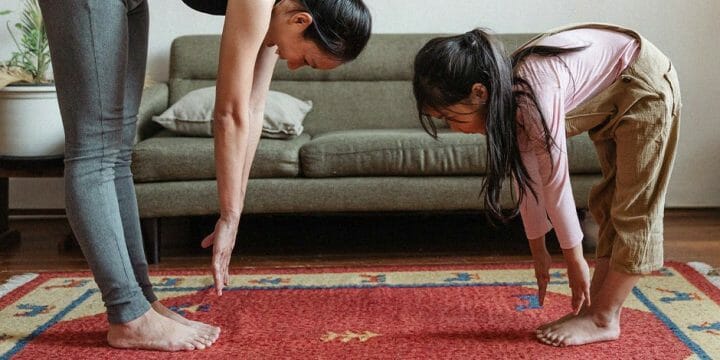When I develop a new weight loss program for clients, one of the first questions I usually get is how much exercise they will have to commit to for consistent results.
It’s a tricky question because there are so many factors that come into play.
Your starting body weight, basal metabolic rate, age, gender, and underlying health conditions can all impact whether you lose a few pounds a month or a week.
But through years of research and experience, I’ve managed to come up with a good general starting point.
Here’s how to approach it.
Quick Summary
- For effective weight loss, it's essential to combine regular aerobic exercise, like 150 minutes per week, with strength training and high-intensity interval training (HIIT).
- Varying exercise intensity and types, such as incorporating both moderate and vigorous activities, is crucial for maximizing calorie burn and achieving weight loss.
- According to the American College of Sports Medicine, staying active every day can maintain a higher metabolic rate, enhancing weight loss efforts.
- Personally, I believe that finding physical activities you enjoy is key to maintaining a consistent exercise routine for long-term weight loss success.
How Much Exercise Do You Need To Lose Weight?

From my experience as a personal trainer, healthy adults should aim for 150 minutes of aerobic exercise weekly, spread across three to five days. Incorporating regular activities like weekend walks or hikes can help sustain weight loss and keep up calorie burning.
This recommendation aligns with the Department of Health and Human Services guidelines, and has been effective for many of my clients [1].
Now, the faster you want to lose weight, the more you’ll need to exercise or the tougher each workout needs to be in order to maximize the calories burned.
What I generally advise as a good starting point is to plan a tough workout for three days a week and then a more moderate exercise for another two days.
Then, at the weekend, make sure you stay active and go for some walks and hikes to keep burning more calories every day.
You can then monitor your progress and adjust your exercise routine if you notice regular weight regain.
Does the Type of Exercise Matter?
Yes, the type of exercise matters when it comes to weight loss.
In my years of coaching, I've observed that the type of exercise significantly impacts weight loss. Brisk walking daily is good, but often insufficient for those seeking substantial weight loss.
But even if that adds up to 150 minutes of moderate training, it’s not going to burn enough calories to make a huge difference in your belly fat.
To maximize the number of calories you burn, you have to ramp up the exercise intensity [2].
Incorporating strength training and high-intensity interval training (HIIT) is key for building muscle and improving fitness, leading to a higher resting metabolic rate.
To expedite weight loss, enhancing the intensity or duration of workouts is crucial, aiding in increased calorie burn and potential reduction in blood pressure, according to the Mayo Clinic [3].
Related Articles:
Diet And Workout For Calorie Deficit

So, the only way you’ll be able to get rid of unwanted body fat is by achieving a calorie deficit.
But it’s important to make sure that the remaining calories are from healthy sources, and the Centers for Disease Control recommends eating high-fiber foods that are also low in calories [4].
Based on what I've seen with my clients, once you’ve reduced your calorie intake, it's crucial to track your exercise and weight.
Begin with 75 minutes of intense training weekly, divided into three sessions combining warm-up and 25-minute aerobic activities, such as HIIT.
This approach increases workout intensity, maximizing energy burn efficiently. Ensure your routine targets all major muscle groups for balanced fitness.
Balancing diet and exercise is key to effective weight management, as a combined approach ensures optimal results.
“When it comes to figuring out what to eat for weight loss, the most important factor is eating less. When you consume less calories than you spend you will lose weight and the diet that helps you lose weight best will be the one that allows you to consume less calories without causing much distress or lethargy.”
- Kamal Patel, Co-founder & Editor at Examine.com
Tips For Staying Physically Active
From my personal training experience, I recommend daily exercise for maintaining weight loss, but it doesn't necessarily need to be intense or in a gym setting.
Activities like walking, hiking, or swimming are excellent for keeping active on a daily basis.
These lighter exercises can complement your gym routine, ensuring consistent physical activity throughout the week.
Staying active every day will help you maintain a higher metabolic rate, and this is recommended by the American College Of Sports Medicine [5].
For sustained weight loss efforts, it's essential to engage in physical activities that you enjoy, as this increases the likelihood of long-term commitment to your exercise routine.
My tip: get that pedometer out and set a daily target of 10,000 steps.
FAQs
Is 30 Minutes Of Exercise A Day Enough To Lose Weight?
Yes, 30 minutes of exercise a day is enough to lose weight if it’s some form of aerobic workout. You also need to make sure that you’re cutting calories from your diet to achieve an energy deficit.
Do You Have To Exercise Every Day To Lose Weight?
Yes, you need to exercise every day to lose fat consistently. Aim for some form of physical activity to avoid the yo-yo effect of weight loss and gain. You’ll also see general health benefits for your heart and immune system.
References:
- https://www.mayoclinic.org/healthy-lifestyle/weight-loss/in-depth/exercise/art-20050999
- https://www.medicalnewstoday.com/articles/what-exercise-burns-the-most-calories
- https://www.mayoclinic.org/diseases-conditions/high-blood-pressure/in-depth/high-blood-pressure/art-20045206
- https://www.cdc.gov/healthyweight/healthy_eating/cutting_calories.html
- https://www.acsm.org/docs/default-source/publications-files/acsm-guidelines-download-10th-edabf32a97415a400e9b3be594a6cd7fbf.pdf?sfvrsn=aaa6d2b2_0
About The Author
You May Also Like






